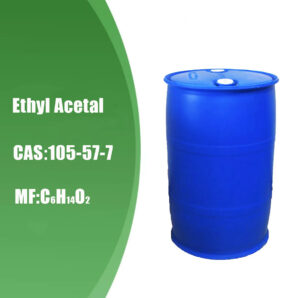Introduction: Lactic esters, a class of organic compounds, have gained significant attention in various industries due to their diverse applications and favorable properties. These compounds are derived from lactic acid, a naturally occurring organic acid that is produced during the fermentation of carbohydrates. Lactic esters exhibit a wide range of chemical, physical, and biological properties, making them valuable in fields such as food and beverage, pharmaceuticals, cosmetics, and industrial applications.
Chemical Properties and Synthesis: Lactic esters are ester derivatives of lactic acid, formed by the reaction between lactic acid and an alcohol in the presence of a catalyst. This esterification process results in the formation of lactic esters with different alcohol groups, offering a wide variety of compounds with varying solubility, volatility, and stability. Common alcohol groups used for esterification include methanol, ethanol, butanol, and various aromatic alcohols.
Applications in Food and Beverage: Lactic esters find extensive use in the food and beverage industry. They act as flavoring agents, enhancing the taste and aroma of food products. For example, ethyl lactate, a commonly used lactic ester, is known for its fruity and sweet aroma, making it suitable for flavoring bakery products, confectionery, and beverages. Lactic esters also function as solvents and emulsifiers, improving the texture and stability of food formulations.
Pharmaceutical and Cosmetic Applications: Lactic esters exhibit excellent biocompatibility and biodegradability, making them ideal for pharmaceutical and cosmetic applications. These esters are utilized as solvents, penetration enhancers, and active ingredients in various pharmaceutical formulations, including topical creams, gels, and transdermal patches. In cosmetics, lactic esters are incorporated into skincare products, hair care formulations, and personal care items due to their moisturizing, exfoliating, and antimicrobial properties.
Industrial Uses: Lactic esters play a vital role in industrial applications. They serve as environmentally friendly solvents, replacing traditional volatile organic compounds (VOCs) in paints, coatings, and cleaning agents. Their low toxicity, high boiling points, and low vapor pressure make them safer alternatives. Lactic esters are also used as plasticizers, lubricants, and biodegradable polymers in industrial processes.
Conclusion: Lactic esters offer a broad range of applications and advantages in various industries. Their versatility, favorable properties, and eco-friendly nature make them highly sought-after compounds. As research and development continue, the potential for lactic esters to contribute to innovative products and sustainable solutions is vast. The exploration of novel synthesis methods and further understanding of their properties will undoubtedly pave the way for new and exciting applications of lactic esters in the future.


